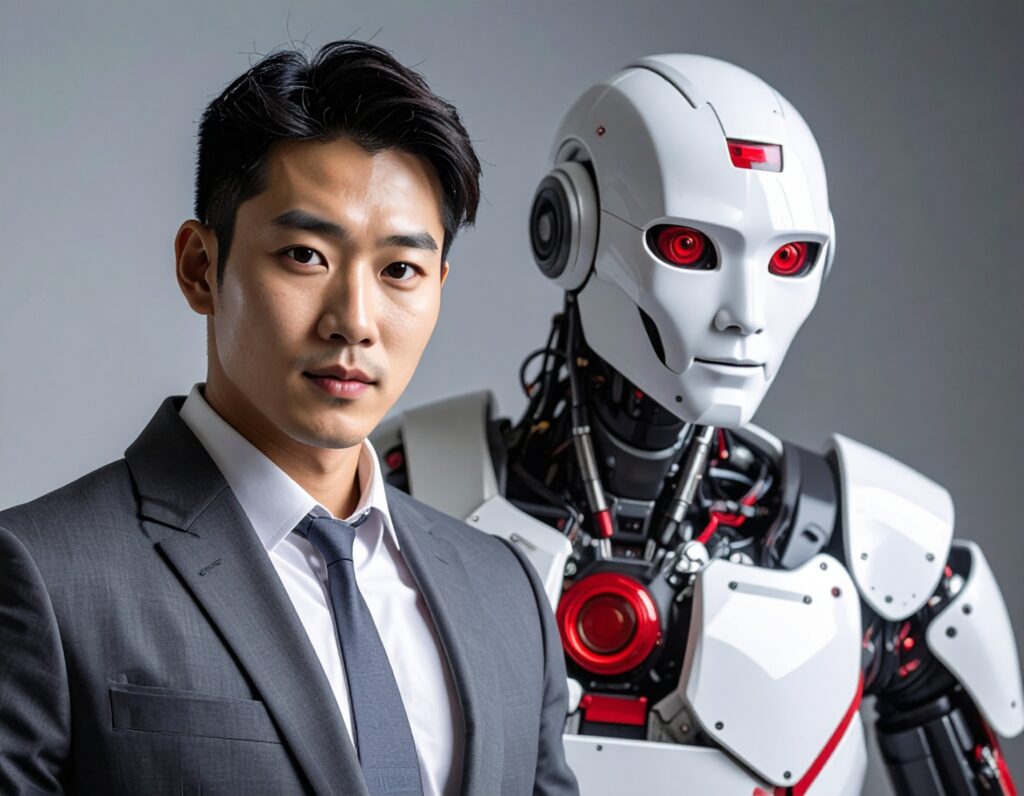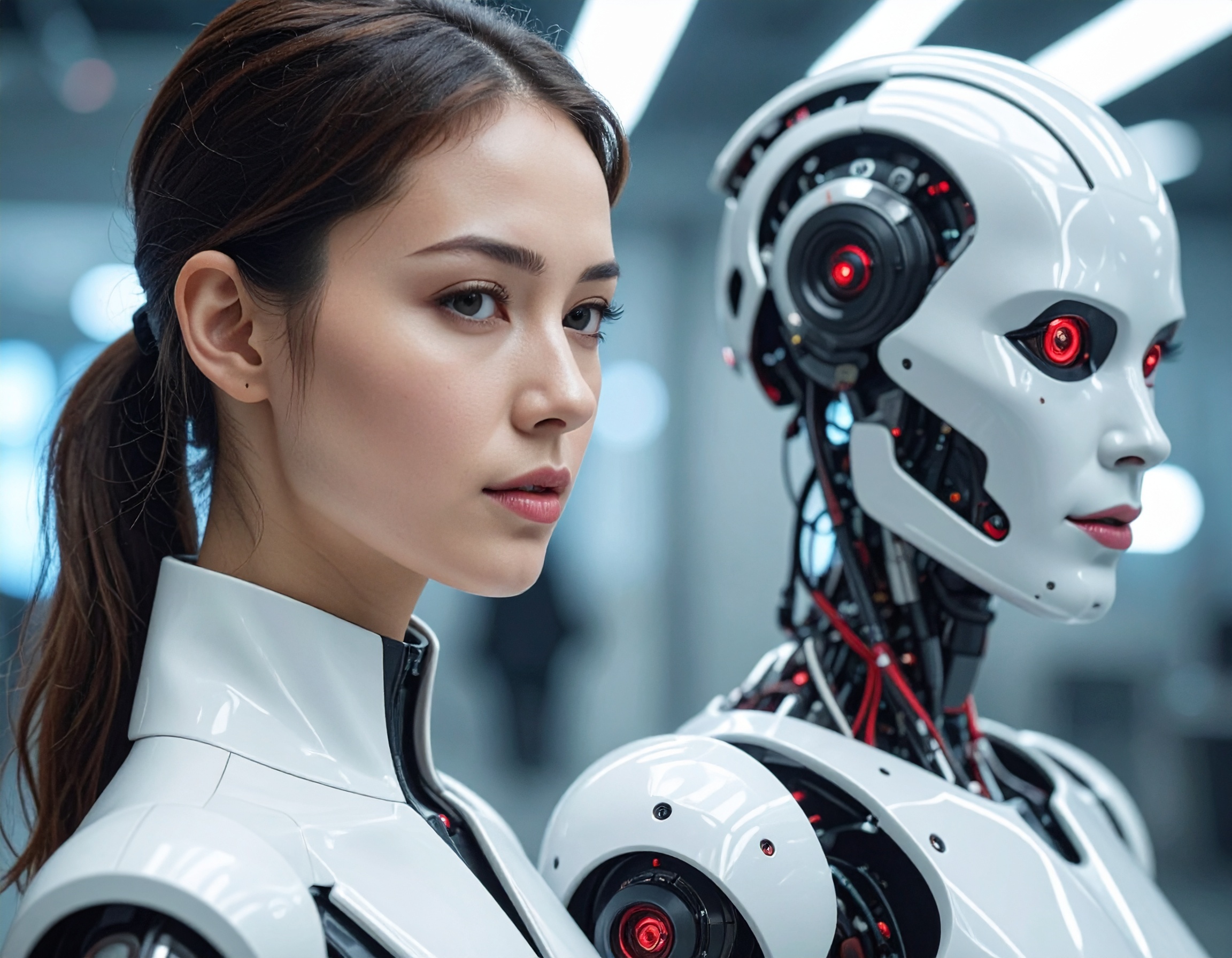AI Employee on Wheels: Why Humanoid Robots May Never Rule the Floor

A Different Kind of “Robot Assistant” — No Legs Required
On September 26, 2025, Business Insider published an interview with Vivian Chu, cofounder and CTO of Diligent Robotics, about her startup’s strategically non-humanoid approach to robotics. Instead of developing full humanoid robots with legs, Diligent focuses on wheeled robots that perform targeted tasks. Chu argues that for many real-world applications—especially in environments like hospitals—robots don’t need humanlike legs to be useful.
Moxi, Diligent’s flagship robot, operates with two arms, a head, and a wheeled base. It was designed to move seamlessly through hospital corridors, push elevator buttons, and interact naturally with staff. Chu describes Moxi as a “minimum viable humanoid” — a simpler, more pragmatic form of AI Employee or non-human worker, built for utility rather than theatrics.
What’s Happened So Far — Real Deployments and Gains
Diligent Robotics has already placed over 90 Moxi robots in more than 25 hospitals, where the machines have made 1.2 million supply deliveries in total. The company estimates this has saved around 500,000 hours of nurse and hospital staff walking or handling logistics—time that can now be redirected toward patient care. In one hospital system, Moxi now fully handles the transport of telemetry boxes (vital sign monitors), eliminating the need for humans to move them between rooms.
Chu also touches on how investor expectations have shifted: early pitches were met with questions like “Why do you have an arm?” Today, backers ask “Why don’t you have two?” Meanwhile, challenges remain in battery life (Moxi runs ~16 hours) and safety, especially in sensitive environments like hospitals.

Why This Matters — Rethinking Robotics Strategy & Voice AI Agents
This approach signals a shift in how we think about non-human workers or AI Employees. Instead of aiming for general-purpose humanoid servants, startups may increasingly favor specialized, form-factor-optimized agents for practical tasks. Chu believes most jobs don’t require walking or stair climbing—just consistent, efficient motion on wheels.
She also points out that for many applications, Voice AI agents or conversational interfaces may be overkill. Instead, functional robots like Moxi that understand their specific context will provide more direct value. Looking ahead, Diligent plans to integrate its robots with hospital records systems so that tasks are triggered automatically (e.g., after patient admission) rather than manually.
This perspective challenges the hype around legged humanoid robots and underscores how “less glamorous” designs might see faster adoption. As industries look for affordable, safe, and effective automation, these kinds of AI Employees may become the backbone of the next wave of robotics adoption.
Key Highlights:
- Diligent Robotics, as of late 2025, deploys Moxi wheeled robots (arm + head + base) rather than full legged humanoids.
- Over 90 robots in 25+ hospitals have made 1.2 million deliveries, saving ~500,000 staff hours.
- The wheeled form factor is chosen for safety, stability, ease of integration in existing infrastructure, and lower cost.
- Challenges remain in battery life, dexterity, and convincing investors to focus on focused utility over general-purpose robotics.
- This case illustrates a broader recalibration in robotics: non-human workers that focus on domain-specific tasks may outpace ambitious humanoids, and Voice AI agents aren’t always necessary when context-aware machines suffice.
Reference:
https://www.businessinsider.com/diligent-robotics-vivian-chu-moxi-humanoid-robots-2025-9


